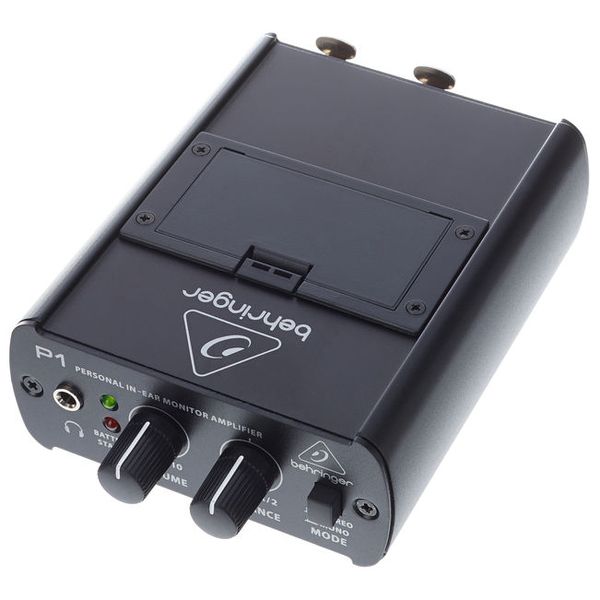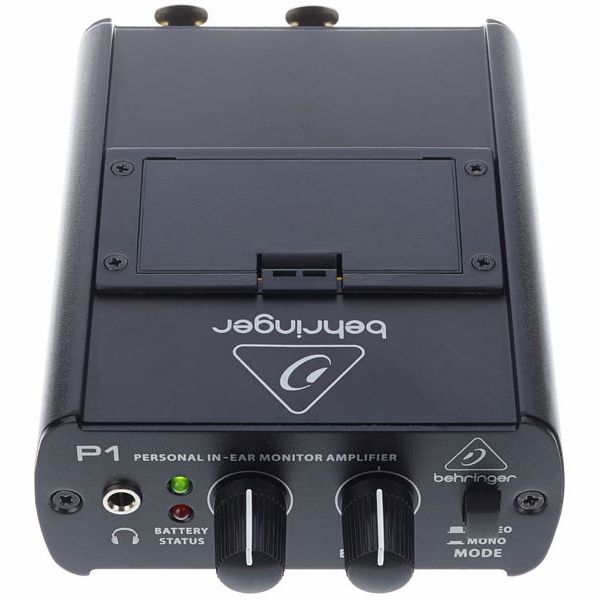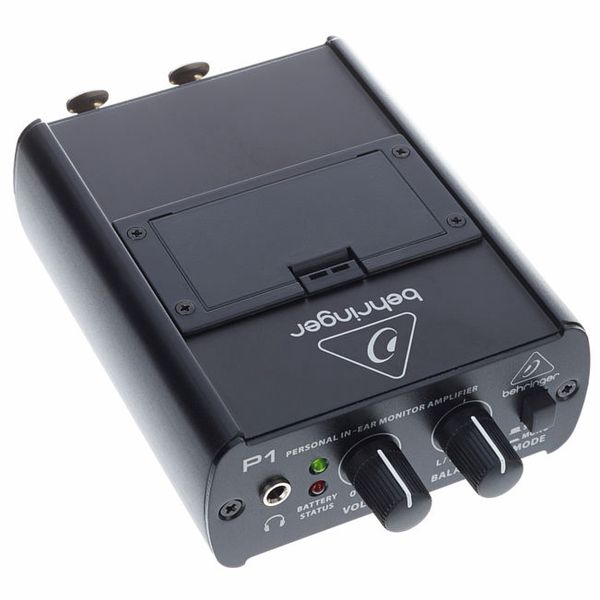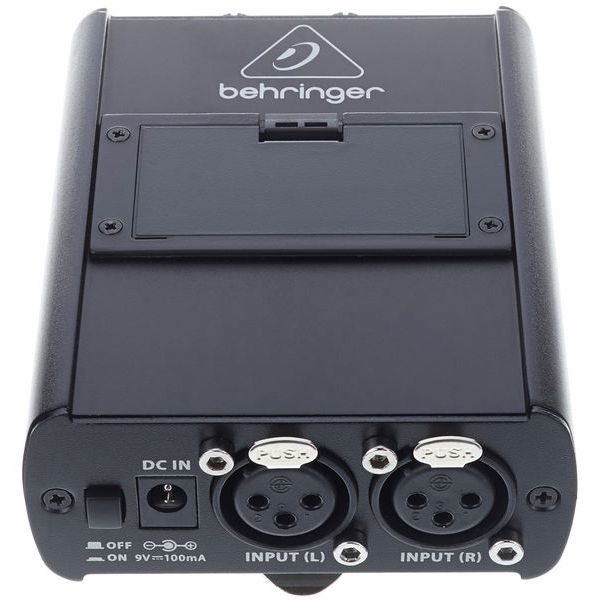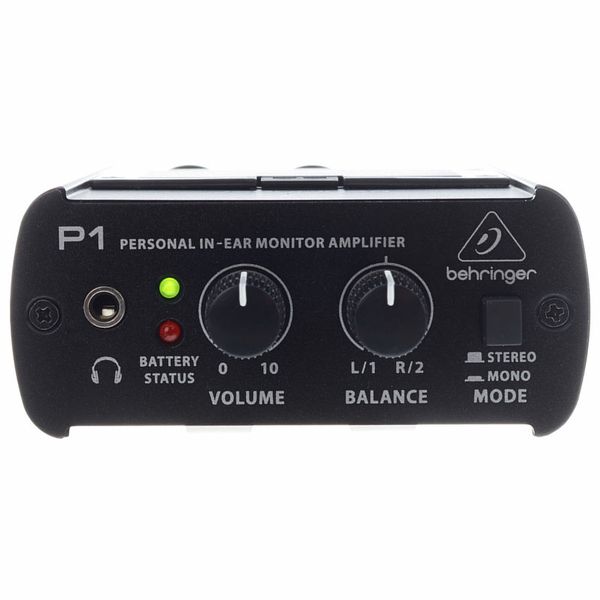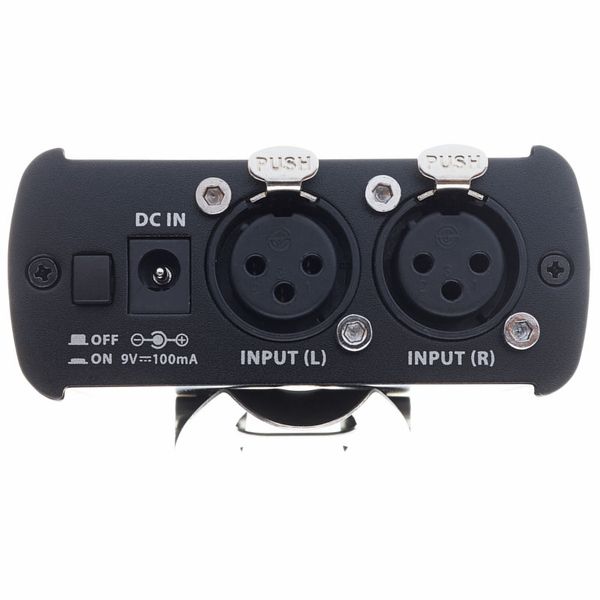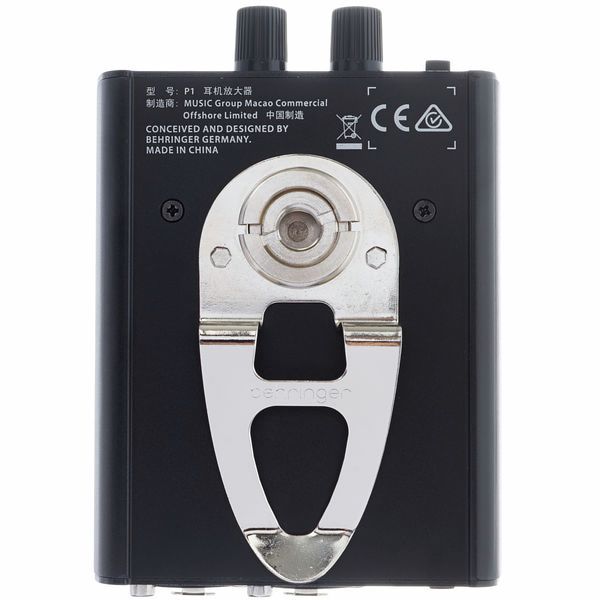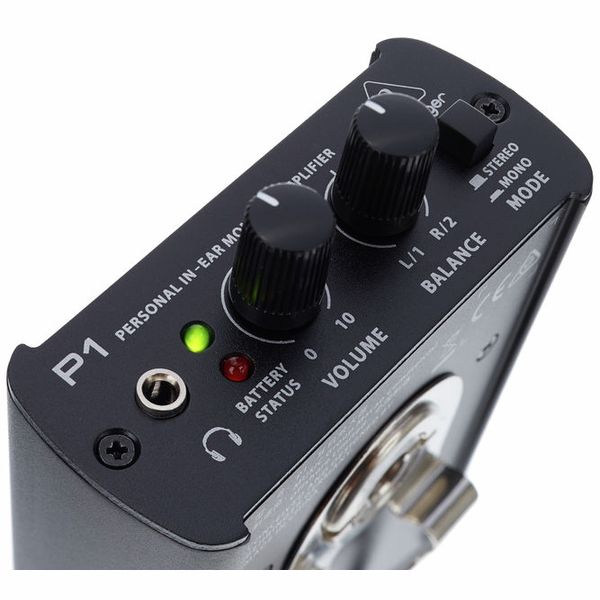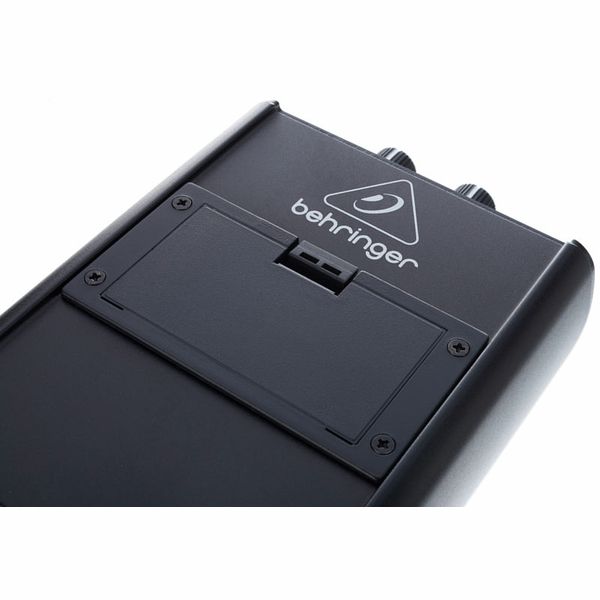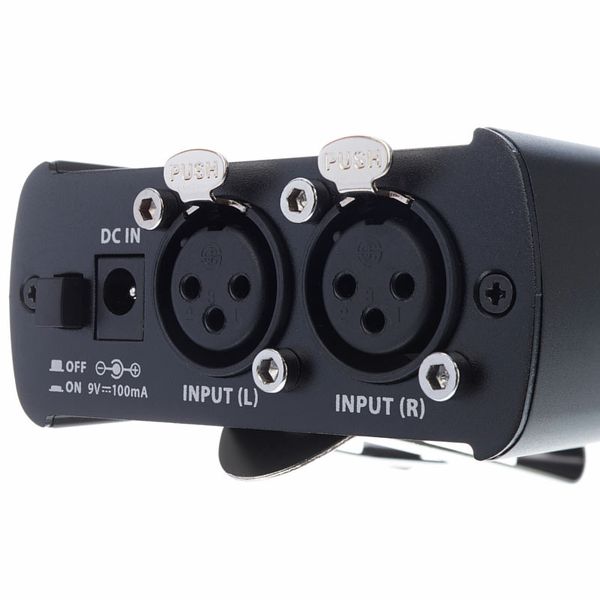I have eight of these units in use as part of a wired IEM with a nine-piece rhythm and blues band. I'm using a passive signal distribution to split across as many as four units.
In short, these have been great. Having tried a few of their different products, I'm a strong believer in trying out a Behringer piece of kit if it seems to be what you're looking for. With such a breadth of coverage, it's inevitable that some Behringer things will be stinkers and some will be fab. It does also often depend on which model they've chosen to use as their inspiration for their design. For example, I find their rack mount EQs are very nice - becuuase they had a good look at the market leader and thought about how they'd reflect that.
In the case of the Behringer P1, it seems they've had a good look at the PreSonus HP2, but incorporated the twin XLRF inputs straight onto the body of the unit rather than on a fly lead. The result is a good sounding, loud and sturdy unit which has so far exceeded my expectations - and has raised positive comments from other, more sniffy engineers.
Having read the reviews, I was ready for the poor battery cover. Two tangs snapped off on my first use of the units! This is easy remedied, though - just remove the cover and put some gaffer tape over the hole. Sorted! These aren't show pieces, after all.
A further consideration is the weight and relative cumbersomeness of the units. To be plain, these are not easy to put in a pocket as you have cables coming out of both ends. Also, the belt clip (whilst definitely strong enough) is not very deep, causing the unit to up-end occasionally. Not helpful! We've found that if you can use the mic stand mount, it's a whole load easier. This will however need you to have either a long IEM lead or a headphone extension cable - though this is no great hardship.
In conclusion, I'm very happy with these, accepting them for what they are and their minor limitations.
I still don't understand why they fitted such a cheap battery compartment, though.



